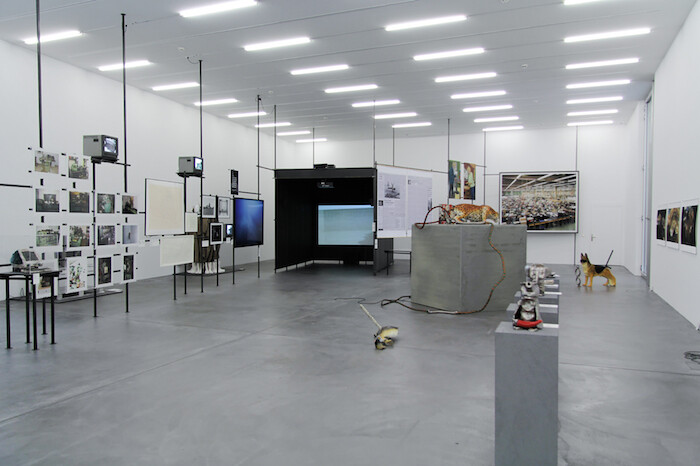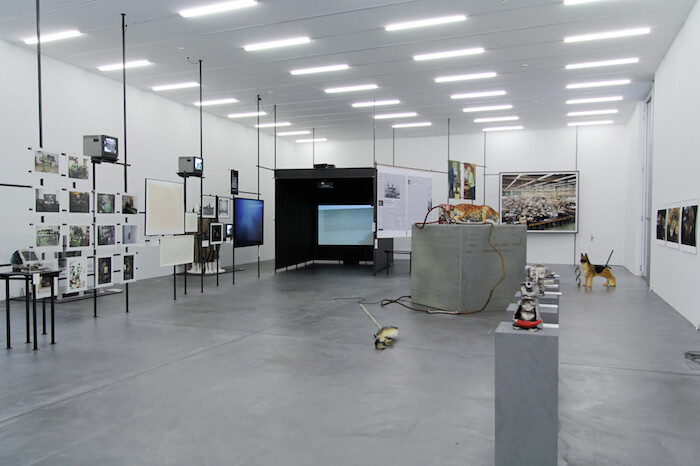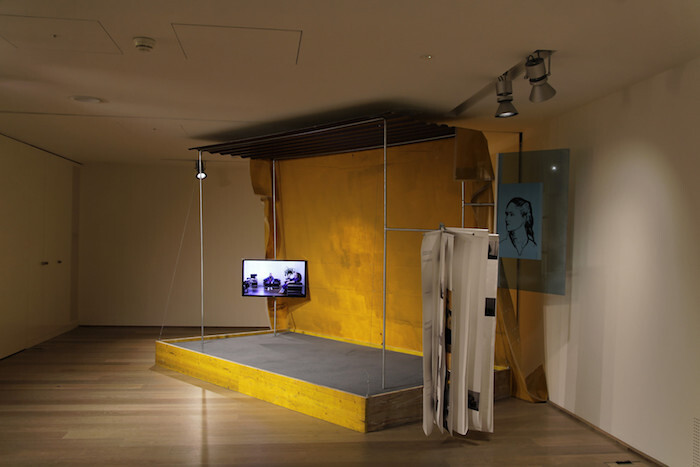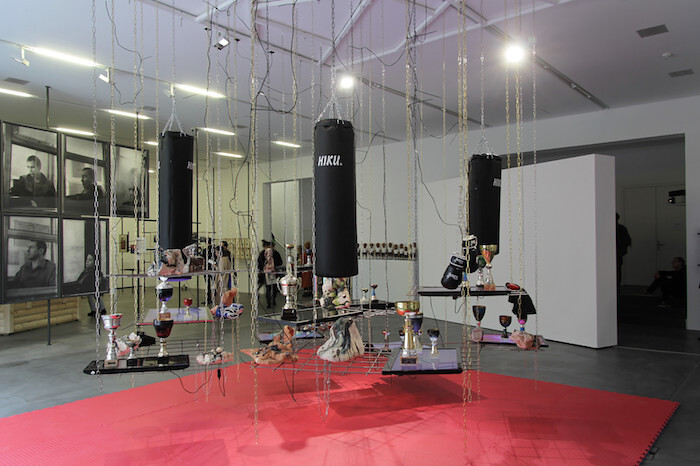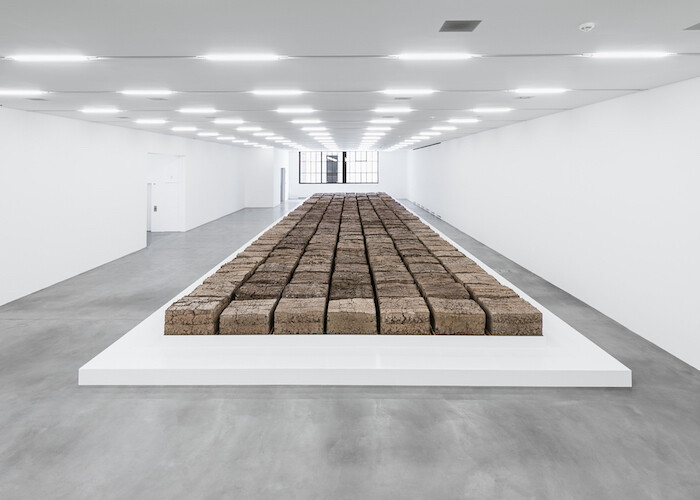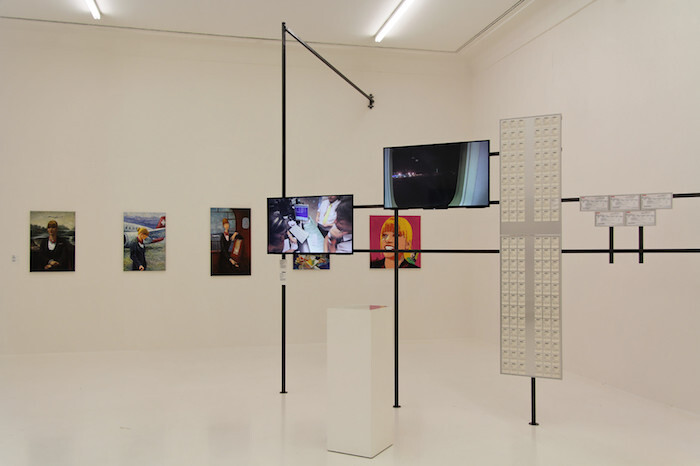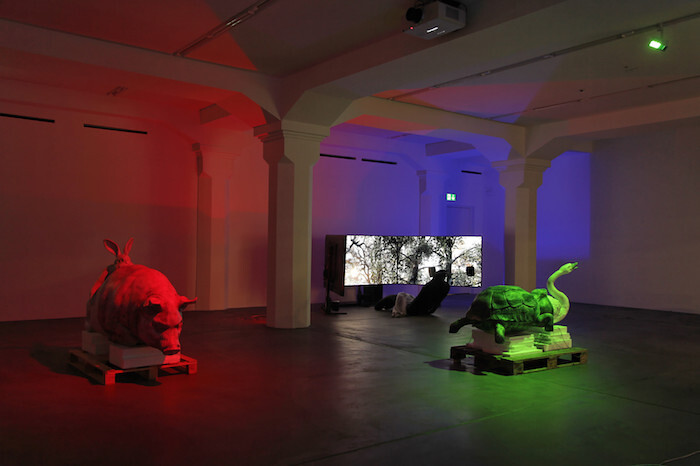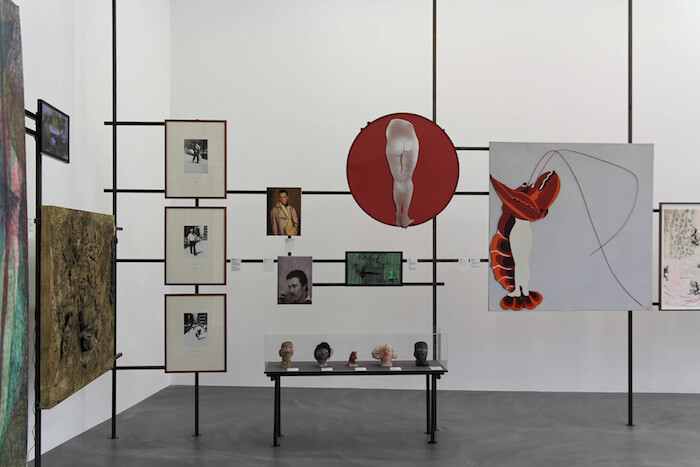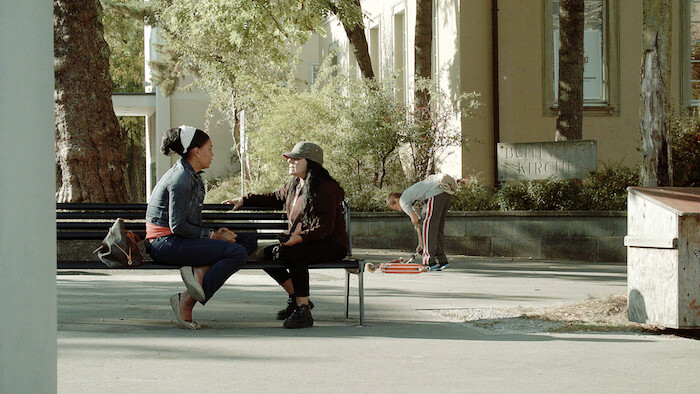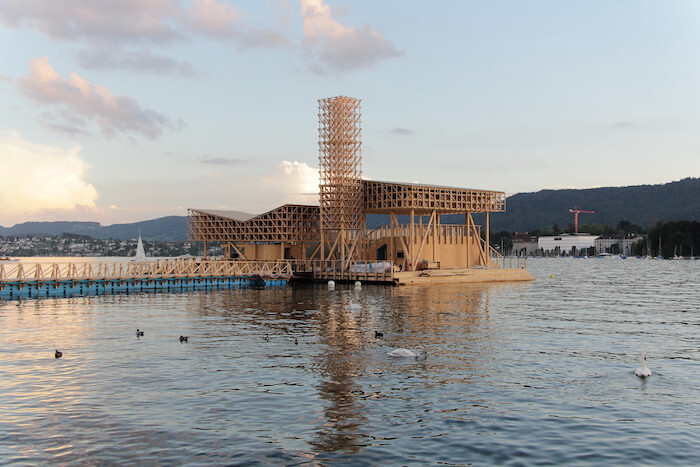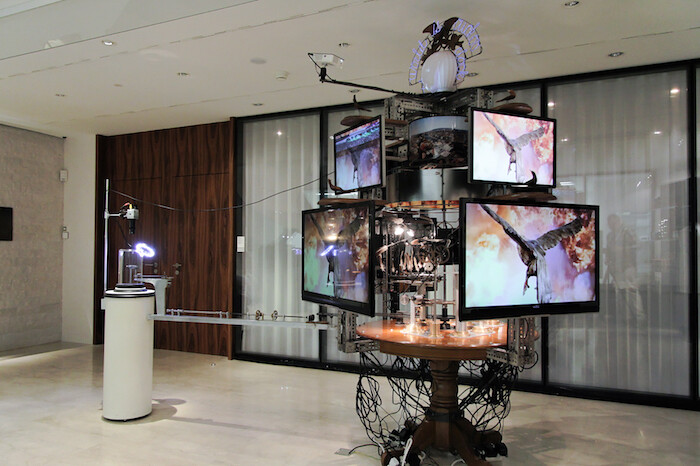Contemporary artists are great at being dilettantes. Some make a point of how liberating it is to lack skill, others of how liberating it is to delegate to those who know better. Meanwhile, machines continue to outdo humans in more and more skills. More and more humans work in some sort of managerial position, in which their job profile resembles that of a contemporary artist: a bit of research, a bit of creativity, a bit of giving orders, a bit of receiving orders, and lots of micro-communication. More and more jobs are short-term and poorly paid—like most commissions for artists. Those professionals who don’t work like artists act like artists in their spare time, whether by creating artifacts or by remodeling their personas.
Today, being an artist is the norm; specialists are the exotic birds that artists once were. To work with a specialist has become an exquisite experience that can easily be turned into a piece of art. This must have been the starting point for German artist Christian Jankowski when curating the 11th edition of the “European biennial” Manifesta, hosted this time by Zurich. Jankowski—who made himself known for works created with the help of fortune tellers, speechwriters, or bodyguards—has invited 30 artists to join forces with Zurich-based professionals.
Instead of scrabbling to find the last urban spots in which to squeeze another biennial venue, Jankowski has asked the local professionals to exhibit the art that they have been involved with at their own workspace. This could have been a very efficient concept if those places weren’t scattered over the city, with their own opening times, so that even with a private car it would take several days to see them all. To make the biennial digestible for time-conscious visitors, Jankowski decided to keep two city-central accumulations of white cubes (at Löwenbraukunst and Helmhaus), and to use them not only for a “Historical Exhibition” of work-related art, co-curated by Francesca Gavin, but as venues in which the commissioned artists could show elements of their productions. The predictable outcome is that many artists present the crucial parts of their work in these two traditional venues, while the production sites are reserved for sketches, documentations, or minor versions. This imbalance—between traditional exhibition space and workplace—mirrors the imbalance between the two sides of the “joint venture,” in which the artist gives orders and receives the main credit.
Only one work, Poker de Damas (2016), allows the professionals some individual space. Teresa Margolles filmed a poker game and conversation between Sonja Victoria Vera Bohórquez, a transsexual sex worker from Zurich, and transsexual sex workers from Mexico. Only one work, Documentary of Behavioural Currencies (2016) by Georgia Sagri, reflects the relationship between artist and professional. Sagri engaged banker Josephin Varnholt in a couple of dance routines that are based on “efforts” developed by the legendary choreographer Rudolf von Laban. Within a dugout made of raw wood, concrete, and corrugated iron runs a ten-minute video in which both women greet and stare vehemently at each other, squeeze a kiwi, and try to cut a book. Both act with serious joy, and Sagri comes across as Varnholt’s junior.
By contrast, a lot of the Manifesta collaborations feel pretty random. Artists claim originality by adding some unconnected topping to the professionals’ usual work. Matyãš Chochola invited Muay Thai boxers to some art workshops with ceramics and paint. In Ultra Violet Ritual (2016) he combines the modest results with trophies and videos of the boxers. Mike Bouchet’s The Zurich Load (2016) presents—as dried cubes—all of the sludge processed by Zurich’s sewage plant in one day. Weighing a total of 80 tons, with a smell that I could still sense an hour after I left the room, the work is no doubt impressive. Still, I was annoyed that the smell of the sludge was covered with some “unique fragrance.” What was supposed to make the sludge more bearable leads straight to the hell of a signature-scented boutique, only with poo.
The curatorial approach of Manifesta 11 is very much that of an air freshener. In the historical segment, works are hung on an iron structure to add an airy feeling. Works that were hot when Jankowski’s career got going twenty years ago are positioned next to some old fossil and some new shit. Placing Graham Little’s delicate drawings next to photographs from August Sander’s “People of the 20th Century” series (1892–1954) and Jon Rafman’s video and sculpture installation Open Heart Warrior (2016) is one of the more daring combinations.
A large part of the exhibition deals with the profession of the artist—from self-promotion to art that doesn’t even have an author. Despite the title “What People Do For Money,” the topic of money is completely left out. Even the monumental series of making-of documentary films that local students and pupils produced under the guidance of Jankowski, and for whose presentation a huge wooden platform (the “Pavillon of Reflections”) has been erected in Lake Zurich, seems to be no exception. When Georgia Sagri insisted that she would not contribute as an unpaid actress, but would rather discuss her contract with Manifesta’s production team, it was only agreed that the film could be shown with blurred faces and disguised voices.
The works of Manifesta 11 know no precariat, no refugees, no environmental issues, no crimes, no war. Jankowski intended to create a biennial for a wide public and turned it into a nostalgic festival that represents the city as if everyone in it had a secure profession and everything was in order. Lego and Playmobil are more open to the dark sides of life.
As an artist, Jankowski found his place as the gleeful golden boy of contemporary art. With Manifesta he gives the impression of an aged actor who exploits his former grandeur as the endlessly grinning master of ceremony at a shopping mall opening. At least he left room for a sideshow. He has transformed the historic Cabaret Voltaire into a “guildhall for artists” where the libertine artist Manuel Scheiwiller is programming both pre-planned and spontaneous performances. Entrance is restricted to those who propose their own “joint venture” performance. An adequate title for this part of Manifesta could have been “What People Do For No Money.”
